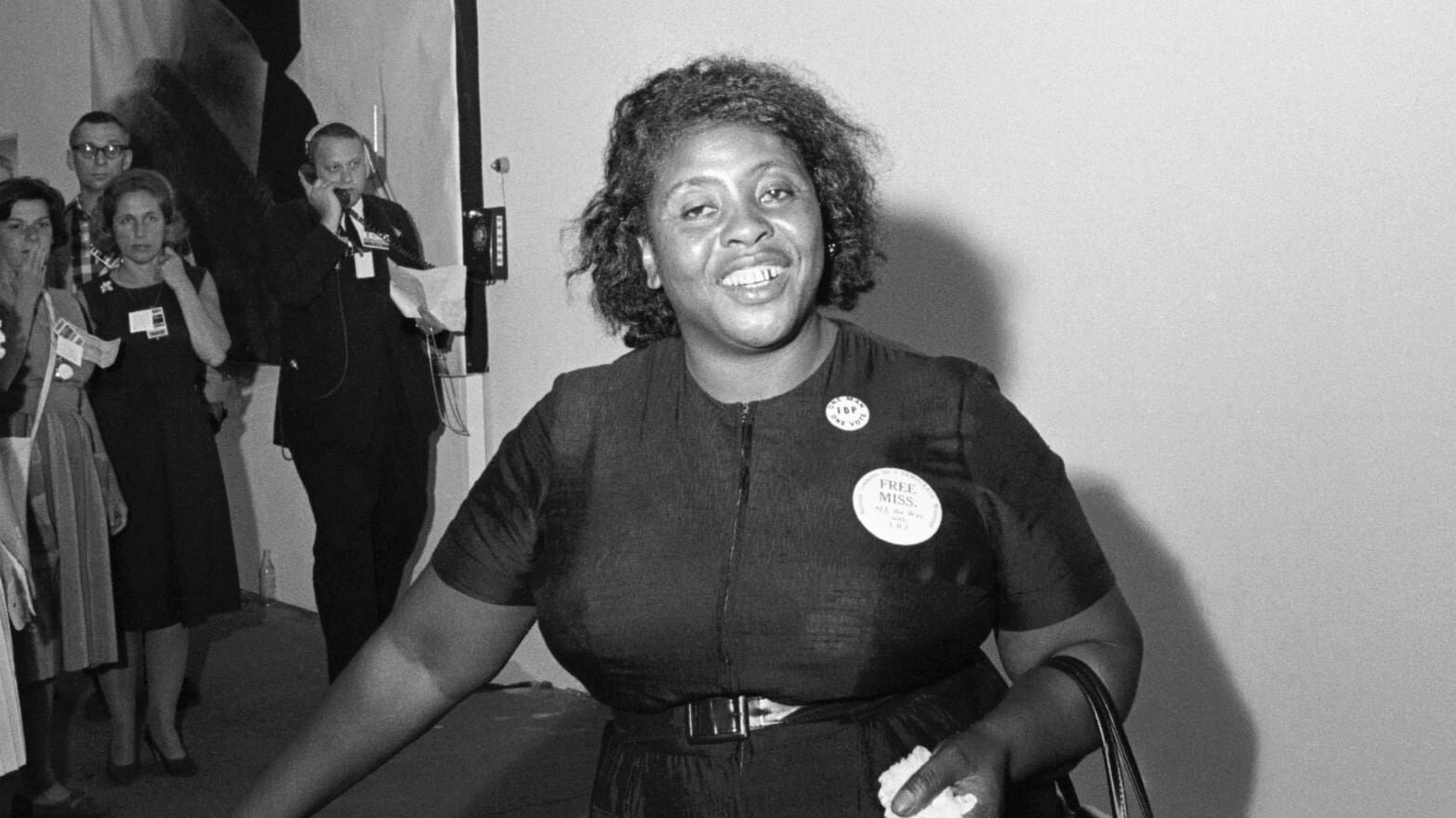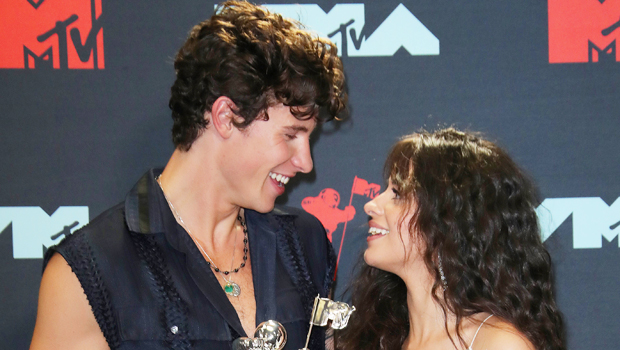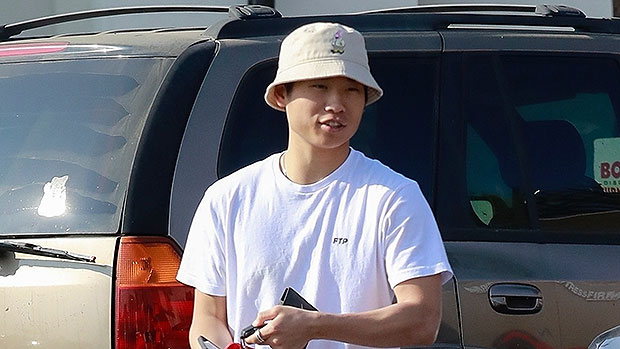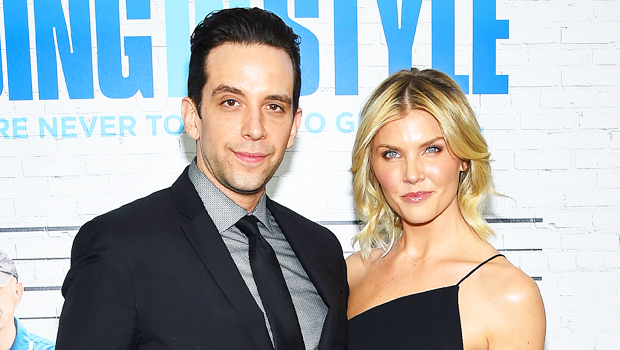Hot Docs 2022 Women Directors: Meet Laura Faerman and Marina Weis – “The Wind Blows the Border”
Laura Faerman has been working as a documentarist, researcher, and curator for the past 20 years. In 2014 Faerman worked as an audiovisual researcher at the Indigenous National Truth Commission, which investigated for the first time the violations of...
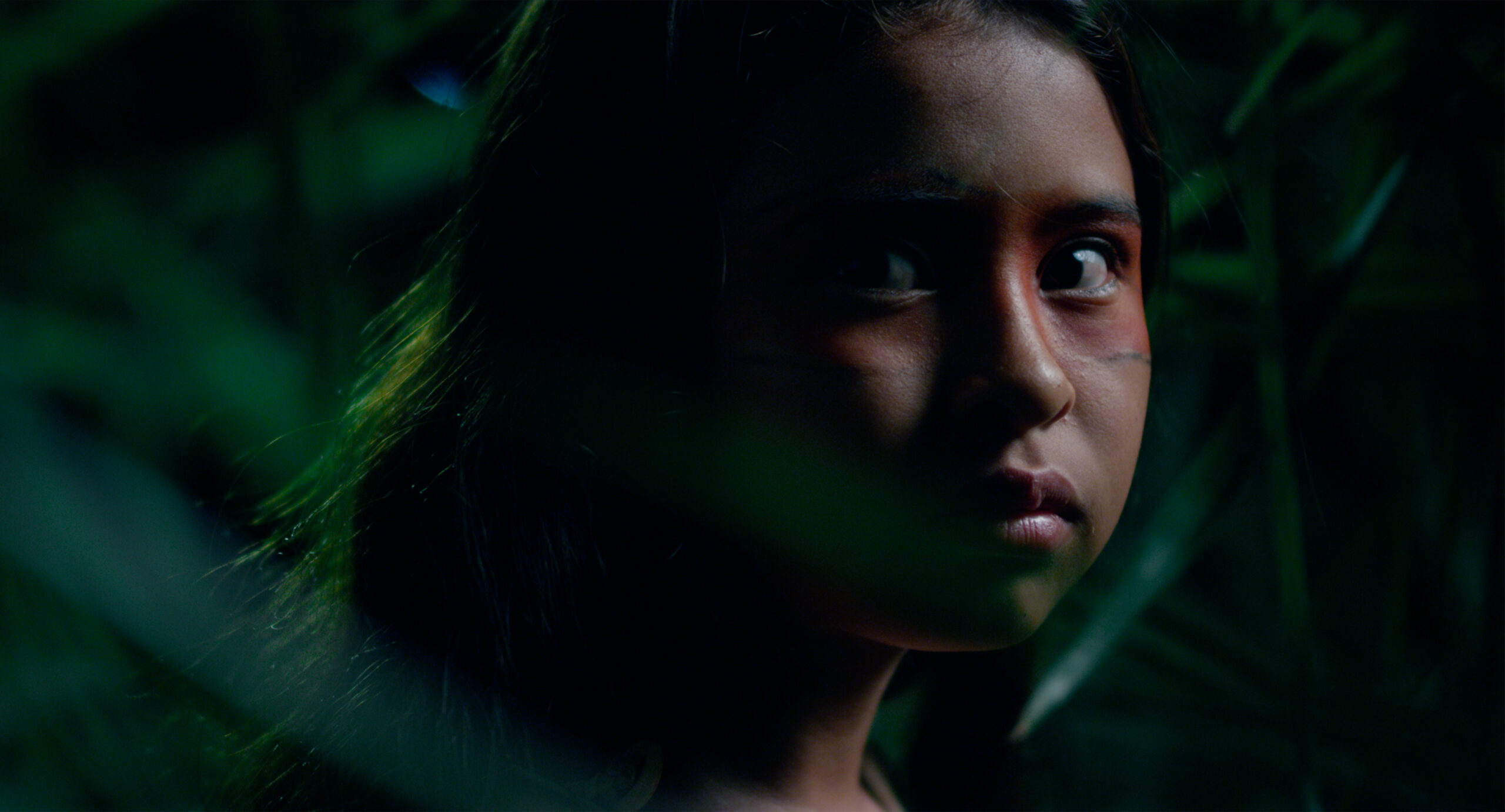
Laura Faerman has been working as a documentarist, researcher, and curator for the past 20 years. In 2014 Faerman worked as an audiovisual researcher at the Indigenous National Truth Commission, which investigated for the first time the violations of rights committed against Native populations during the 1964-1985 military dictatorship in Brazil. With Marina Weis, she created the six 26-minute episodes series “Dangerous Memory.” She curated the exhibitions “Passion of Memory” and “Truth Game – Documentaries by Peter Watkins.” She currently works at The Agribusiness Watch, a main reference in the Brazilian
independent media on the political power of agribusiness.
Marina Weis was born in São Paulo, Brazil, and has directed five short films as a photographer, producer, and editor. “We Others,” her first experimental documentary, is inspired by a dreamlike journey of Latin American exchanges. She curated the film showcase “Memory and Transformation” for the Vladimir Herzog Institute and the short film, co-directed with Laura Faerman, “Vlado and Birri: encounters,” both framing the memory of military dictatorship years in South America.
“The Wind Blows the Border” is screening at the 2022 Hot Docs Canadian International Film Festival, which is taking place April 28-May 8. Find more information on the fest’s website.
W&H: Describe the film for us in your own words.
LF: “The Wind Blows the Border” narrates the trajectory of two women who are on opposite sides of a violent conflict over land in Brazil. Thus, the film shows two opposing and irreconcilable universes: that of the owners of large tracts of land and that of Indigenous Peoples.
During the process of making the documentary, the extreme right conquered federal power in Brazil and Jair Bolsonaro was elected president. The Indigenous population has organized itself, but even so, their rights are threatened.
MW: The film tells the story of the struggle for land through two antagonistic characters: Alenir Aquino Ximenes, a woman of the Guarani-Kaiowá ethnicity, community leader, and teacher at an indigenous school, on the one hand, and Luana Ruiz Silva, a white woman, a lawyer and heiress to her family’s farms. located on the border of Brazil and Paraguay, a region historically inhabited by the Guarani-Kaiowá population.
In a more subtle and profound layer, however, the film deals with the clash of cultures, embodied in the radically different ways of understanding, narrating, and inhabiting the world of the two central characters, and about the continuous colonial process that, still in the 21st century, maintains its ideology based on white racial supremacy, violence, and oppression of cultures, bodies, and forms of life that do not submit to it.
W&H: What drew you to this story?
LF: What led me to this story was the research I carried out in 2014 with the Indigenous National Truth Commission, which for the first time investigated the violence committed by the Brazilian Military Dictatorship (1964-1985) against Indigenous Peoples. More than 8,300 Indigenous people were killed during this period in the country. In 2014 I went to Mato Grosso do Sul many times and heard stories from survivors of different ethnicities. I went to several Guarani-Kaiowá villages and wanted to understand more about those people who face everything to stay close to their sacred lands.
MW: What drew me to this story was to find this exemplary situation of land expropriation and territorial conflict, very similar to countless other cases that have occurred with hundreds of other indigenous communities over the centuries, and, at the same time, a very unique case, due to the context, trajectory and strength of those people. I was very interested in the process called “retomada” carried out by that community, which is an autonomous action of an indigenous group to recover its ancestral territory taken away from them by white people.
It is a very impressive process of resistance and self-determination, based on resilience and spiritual faith. I was also interested in portraying the emergence of female leaders, not only in their traditional roles as caretakers and sustainers of the culture but also as spokespersons in this dispute of narratives and worldviews, taking the lead in the struggle beyond the limits of their communities and calling on all of us to wake up to change our relationship with what the Western culture calls “nature.”
On the other side of this same story, we could also register the emergence of Bolsonarism within the country: its social stratum and mentality, very well represented in the Silva Ruiz family. They are not the traditional landowners-oligarchs that historically dominate politics in Brazil, but an average middle class that resents the social conquests of the previous years and are unable to understand the otherness of the indigenous people and to accept the right to the difference, whether in identity or in socio-cultural diversity.
W&H: What do you want people to think about after they watch the film?
LF: I want people to know that in times of global warming, there are Indigenous women and men in Brazil fighting for the planet and risking their lives to protect it. Native Peoples all over the world have a lot to teach us about the main dilemma we face today, and which concerns us all: the preservation of planet Earth.
MW: I don’t believe in narrative impartiality, so I hope that people don’t come out of the film impartial, but that they come out thinking. I hope that the film doesn’t deliver a simplistic, Manichean message about this long conflict, but that it gives the audience elements to reflect on the clash of worldviews presented and the different aesthetics and ethics of ways of existing in this world.
Finally, I hope that people update their visions of indigenous peoples beyond the old clichés, and understand why these native cultures are today a source of inspiration and learning for us to collectively face the immense challenge of the climate catastrophe produced by the Western way of life.
W&H: What was the biggest challenge in making the film?
LF: When we started filming, the coup against President Dilma had already taken place. These were not easy times, but nothing compares to living in Brazil and seeing indigenous rights being dismantled. The biggest cinematographic challenge for me was to understand how to portray such antagonistic universes. How to create different aesthetics for those disparate realities and yet form a cohesive film.
This understanding was a discovery, a maturing process. It was only when we lived with the indigenous community, sleeping at Alenir’s house – just three people, me, the photographer, and the sound technician – that we began to capture her intimate universe. On the other hand, our relationship with the farmers was marked by formality, which is evident in the image.
MW: There were many challenges, but for me, personally, one of the biggest challenges was the emotional impact of following the rise of the extreme right to power throughout the process and all that this represents in terms of setbacks, loss of rights, and escalation of violence for those people and communities who were already living in a state of extreme vulnerability even before.
In cinematographic terms, it was undoubtedly the choice to portray these two such antagonistic universes in the most respectful and complex way possible.
W&H: How did you get your film funded? Share some insights into how you got the film made.
LF: “The Wind Blows the Border” had several stages of research and recording, financed by different funds. Our first step was to accompany the Indigenous National Truth Commission, which for the first time investigated the violences committed against Brazilian Indigenous Peoples during the Brazilian military dictatorship (1964-1985). It was financed by the Secretary of Culture of the City of São Paulo.
In the second stage, in 2016, we went to the state of Mato Grosso do Sul to record an in-depth research on agrarian conflicts in the present time. This research was funded by the cultural program of a Brazilian bank named Itaú. In 2017, we recorded, with this same fund, audiovisual research, which ended up in the film. The following recordings were made with funds from the Brazilian Ministry of Culture — when there was still a Ministry of Culture in Brazil.
MW: The financing of the film took many years and various stages, as Laura describes it. Due to political problems in Brazil, we had to wait a whole year before we could continue filming. This forced us to update some narrative aspects, as time passed and new events took place. This was another great challenge.
W&H: What inspired you to become a filmmaker?
LF: My father was one of the first Brazilian journalists to use literary narrative techniques in the writing of non-fiction works, in the 1960s and ’70s. He founded alternative newspapers of great relevance at the time of the military dictatorship in Brazil (1964-1985), in which he denounced the atrocities committed by the military. Despite being arrested and tortured, he continued his journalistic work.
Since I was a child, he and his generation have inspired me, in their courage to denounce injustices and fight for a less unequal world. My struggle is the same, but my weapon is the camera, not the pen. For me, making documentaries is a tool
for knowing, understanding, and transforming worlds.
MW: I believe that, initially, it was the impact of the cinematic experience on me. Inside a movie theater I live a multi-sensorial experience, in which so many other arts and languages converge: the visual and plastic elements, the composition with light, shadow and colors, the architecture, the rhythm, the words, through narrative and poetry, the music, the dream, the real. In this sense, it seemed to me to be an extremely powerful tool for knowledge and communication.
Also, the creative process in the making of a film requires dialogue and cooperation, which is a challenge that brings a lot of learning as well. Personally, I am interested in handcrafted filmmaking, in which the process is as important as the result.
W&H: What’s the best and worst advice you’ve received?
LF: During the realization of “The Wind Blows the Border” I heard the following advice: “Trust the process.” That phrase became almost a mantra for me and still helps me today.
MW: I think the worst “advice” was my own fear of failure, that after so much effort, the film would not turn out satisfactory. And in that same sense, we learn as much from our mistakes as from our successes. So, maybe the best advice I received is that each film needs to find its audience.
W&H: What advice do you have for other women directors?
LF: The documentary universe is male-dominated and it can be very truculent. Today the world is much more diverse than when I started making documentaries, but the power still lies with the men. But I think we need to believe in changes because without fighting for them, reality will never be different.
MW: I don’t feel in a position to give advice, but share what I repeat to myself: take risks, and don’t get stuck because of fear or the judgment of others. Go wherever your curiosity takes you and live the experience. It is not possible to control everything — sometimes almost nothing — but if you are clear about your purposes, you will know why and where to go. It will hardly be easy, but it will surely transform you, and hopefully transform other people as well. Look for allies along the way.
W&H: Name your favorite woman-directed film and why.
LF: I love “Citizenfour,” directed by Laura Poitras because it is a fascinating film about an important subject that’s made in an intimate, risky, and intense way.
MW: I don’t have a favorite movie and I have a hard time with ratings . It depends a lot on the moment. Today, spontaneously, the name of a Brazilian movie from the ’80s called “Hour of the Star” by the director Suzana Amaral, based on the novel of the same name from a great Brazilian-Ukrainian writer, Clarice Lispector, comes to my mind. The greatness of the film and of the novel is in the delicate construction of the main character’s subjectivity and the hard social reality in which she lives. A tough film full of poetry that I really want to watch again.
W&H: How are you adjusting to life during the COVID-19 pandemic? Are you keeping creative, and if so, how?
LF: The pandemic was tragic for those who live in Brazil. I was able to stay isolated and only went out to travel for 20 days to Mato Grosso do Sul. I was there to investigate a murder of an important indigenous leader committed in the 2000s, at the behest of the patriarch of a traditional Brazilian elite family. I visited his grave, in the middle of an area of conflict, where gunmen were shooting at night.
I filmed the cattle farms of that rich family from São Paulo which exports meat to Europe. I went to the garbage dumps in the city of Dourados, where indigenous children were collecting discarded food to eat. Covid-19 has greatly affected Brazil, especially the most vulnerable people, and we have a far-right president, who is destroying what has been built in this country. But as I am working with documentary projects in an investigative journalism agency, therefore, participating actively in the resistance to the extreme right, I feel creative and full of energy.
MW: We finished editing the film “The Wind Blows the Border” and a television series called “The Dangerous Memory” about the impact of the military dictatorship on the lives of dozens of indigenous peoples in Brazil almost immediately after the arrival of the COVID-19 pandemic. For me, it was a period of deepening the learning I have had with indigenous peoples in recent years, both in terms of the importance of community relations, the need to strengthen our resilience and collective resistance, and the search for coherence between speech and action, thinking globally but acting locally, in order to change consumption patterns and regenerate our relationship with the land and in community.
I kept myself creative and adjusted to the new reality. Some projects had to be interrupted and others strengthened. I was already working with social, art-education, and permaculture projects, and was then able to dedicate myself more to these activities, together with filmmaking.
Currently, I am focused on accompanying processes of community empowerment, the creation of agro-forests and community gardens in urban spaces, and, obviously, I continue to fight for environmental justice.
W&H: The film industry has a long history of underrepresenting people of color onscreen and behind the scenes and reinforcing — and creating — negative stereotypes. What actions do you think need to be taken to make Hollywood and/or the doc world more inclusive?
LF: In the documentary “The Wind Blows the Border” we try to break many of the stereotypes already normalized in Brazilian society against the Guarani-Kaiowá Indigenous People, a minority that suffers double prejudice. It suffers from prejudice against Native Peoples and suffers because they do not correspond to the stereotype of Indigenous. Like half of the Brazilian Indigenous population, the Guarani-Kaiowá live very close to the cities, as their lands were taken and deforested, and they assimilated habits and products of non-Indigenous society, without feeling less Indigenous.
One of the strategies we used to combat stereotypes was to closely follow the daily life of the Guarani-Kaiowá character, Alenir, without interviews or mediations, listening to her speak in her native language and trying not to interfere with her actions. During the recordings, we tried to go beyond a superficial layer and delve into her world, portraying it with delicacy and respect.
I believe that the plurality of languages, nations, and cultures is what gives beauty to the world and that this should be widely appreciated. Our battle is to fight, with our films, the stereotypes, which come from a homogenizing vision of what the world should be. Cinema is a powerful means of communication to open our eyes, and especially our hearts, and make the world a better place.
MW: I believe in the need for public and private sector policies to repair the centuries of injustice, racism, and oppression. In this sense, I think affirmative action and racial quotas are essential, both in education and in all areas of cinematographic activity, from financing to exhibition. I also believe in supporting social mobilizations, and grassroots movements that demand greater representation and no longer accept the roles to which they have historically been relegated.
I think that the protagonism of people of color, of the entire BIPOC community, is essential, on-screen and behind the scenes, in filmmaking and film criticism, on the juries of festivals, in short, in decisive positions and not only accessory ones.
Besides, I think it is urgent to deepen the critical revision of the mainstream media, which still maintains a racist and classist language. They must be updated or they will be consigned to the dustbin of history.

 Fransebas
Fransebas 







